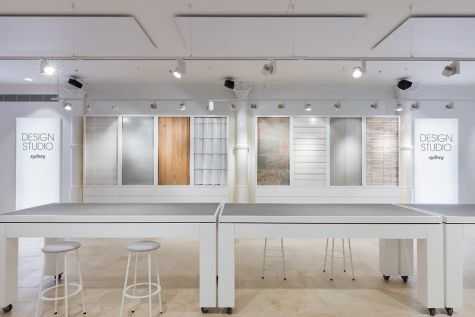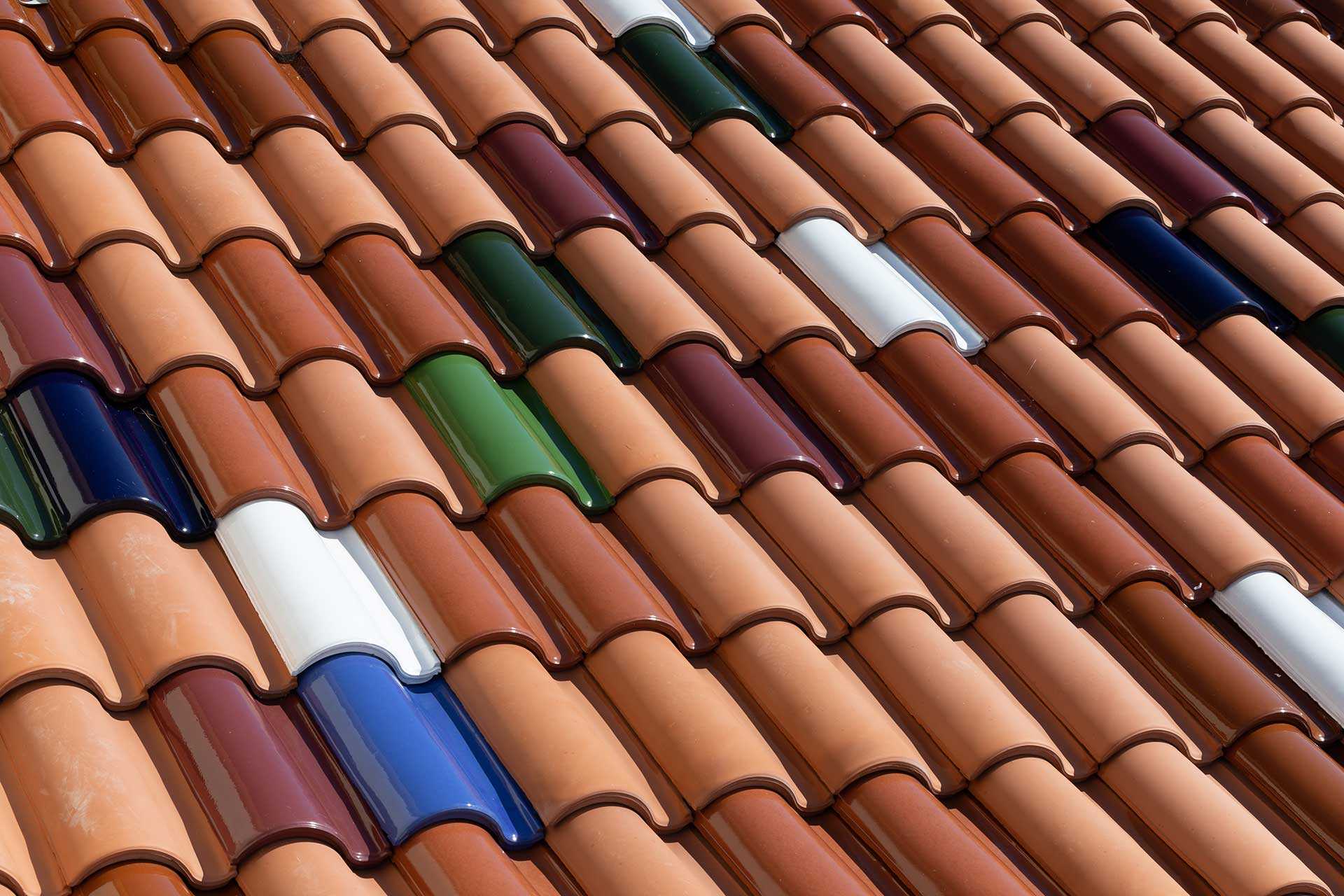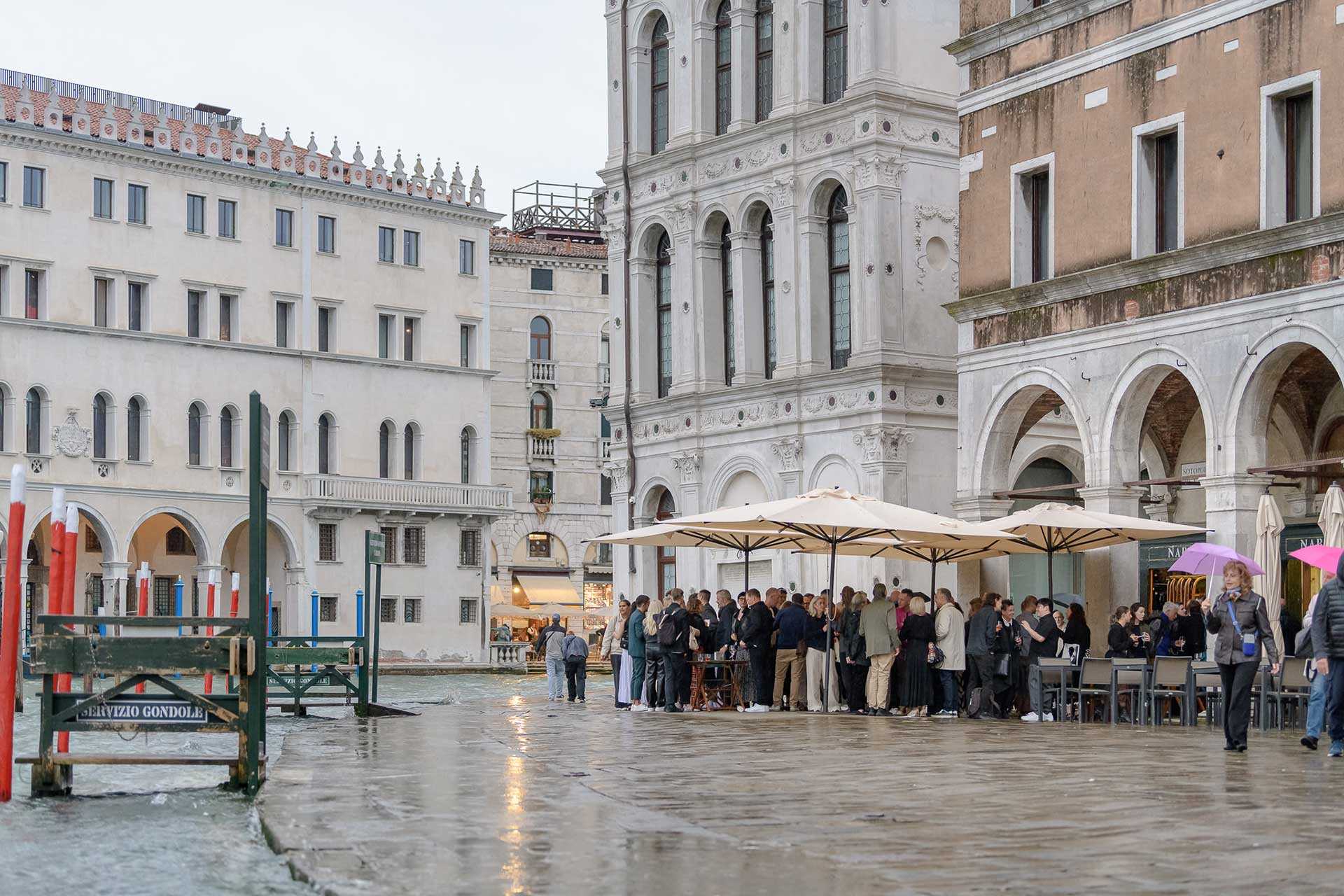
Adelaide’s Most Sustainable Tower: 83 Pirie St
In the east of Adelaide’s city centre stands 83 Pirie Street, a multipurpose office block, residential housing and retail space, which holds sustainability at its core.
Responding to post-pandemic changes in work environments, Woods Bagot focused on the social and environmental aspects of the building, providing flexible working arrangements, a wellness centre, a multi-use rooftop terrace and end-of-trip facilities such as bicycle storage and changing rooms. As Cbus Property’s Chief Executive Officer, Adrian Pozzo, puts it, 83 Pirie represents “the next generation of office design.”
The building is designed to meet net zero carbon in its operation, which is assisted by a 100-kilowatt onsite solar system and an all-electric building powered by renewable energy.
The 20-storey tower features a trio of varying exterior materials which make up three different volumes of the building, each visually separated by voids. Robust bricks, often used in projects prioritising sustainability due to the durability and timelessness of the material, make up the lowest of the volumes.



Brickwork had a slow start in Adelaide. It was not often used for residential purposes in the 1800s and was seen as an industrial building material for smokestacks, warehouses and buildings used for breweries, potteries and bakeries. By the end of the century, red bricks began framing the corners of limestone houses, a common design for which the city is known. As the cost of bricks dropped by the 20th century, brickwork quickly became very popular.
Adding to the city’s unique history with the material, 83 Pirie Street spotlights the masonry, perhaps drawing on its historic industrial link to reference a chic revamped industrial aesthetic from the street.
The pressed bricks are a custom L-shaped design by Bowral. Bowral’s custom bricks allow unique architectural accents to be achieved, and varying shapes have been used in significant projects like Frank Gehry’s ‘Paper Bag’ UTS Business School. At 83 Pirie Street, the L-shaped bricks allow variation in depth and develop a mesh-like coverage across the façade.
Above the bricks rises a volume of angled and jagged glass, and on the lower right side of the tower, white mesh adds a soft contrast giving the final accessorising touch to the façade. Extensive ground floor public spaces encourage a lively laneway, with retail, outdoor dining and workspaces framed with sleek black accents.
The surrounding streetscape inspires each volume, a project that simultaneously draws on and gives back to its neighbourhood.
Part of the building’s purpose, says Woods Bagot Director Thomas Masullo, is to revitalise the district.
“83 Pirie Street provides a vital contribution to the urban realm of Adelaide,” says Masullo. “A combination of hospitality, wellness and commercial functions build upon the business and lifestyle character of the Pirie Street precinct. Active frontages and generous setbacks return space to pedestrians and unlock the key north-south axis of the city.”
“Responding to post-pandemic changes in work environments, Woods Bagot focused on the social and environmental aspects of the building.”

“Responding to post-pandemic changes in work environments, Woods Bagot focused on the social and environmental aspects of the building.”

- These distinctive dry pressed bricks have been used in many of Australia's most admired and historic buildings. With their unique granular patina and tactile aesthetic, Bowral bricks are highly prized by customers, architects and designers alike, and set the standard for design and integrity. Their sharp edges and inherent character combine with the distinctive Bowral clay colours to create what can only be a Bowral Brick.
Learn about our products.
Join us at an event.






















